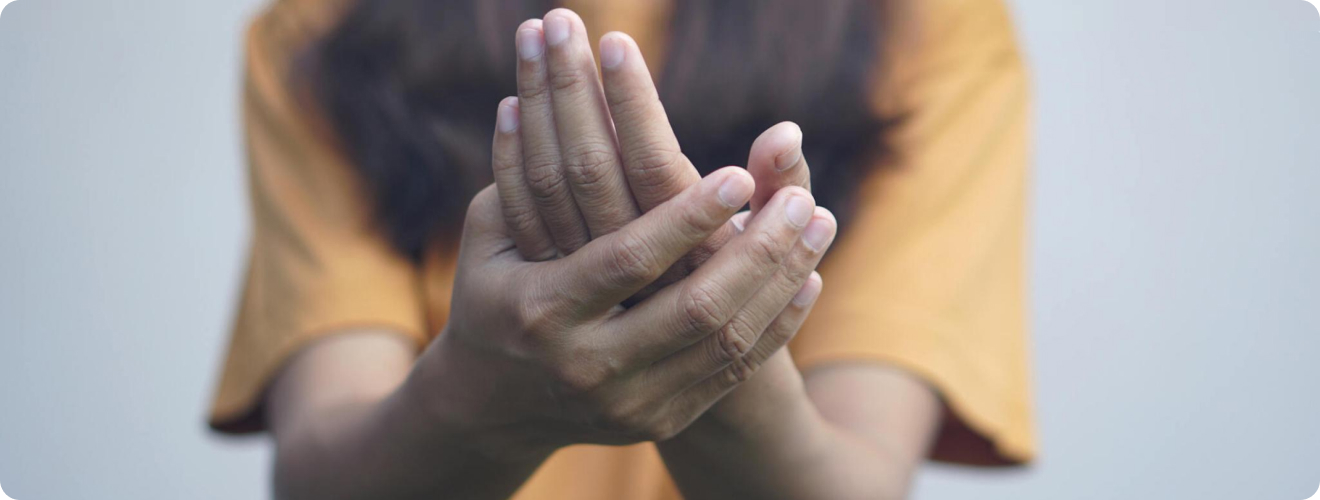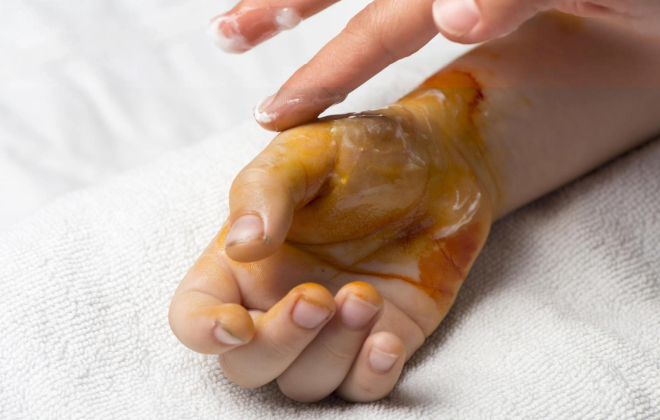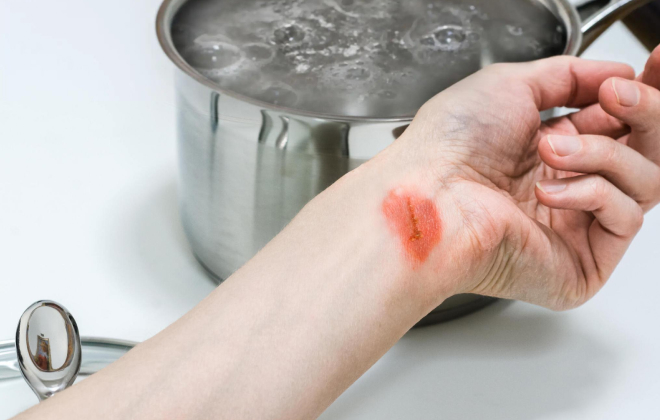


Accidents happen, especially in the hustle and bustle of everyday life. Whether it’s a kitchen mishap, a run-in with a hot surface, or a spill from a boiling pot, burns and scalds are common injuries that can occur unexpectedly. While they can be painful and alarming, knowing how to administer first aid promptly can make a significant difference in the outcome. Today, we’ll explore everything you need to know about providing first aid for burns and scalds.
Before diving into the first aid procedures, it is essential to understand the difference between burns and scalds.

Burns typically occur when the skin comes into contact with a heat source, such as flames, hot objects, or chemicals. They can range from mild to severe and are categorised into three degrees:

Scalds occur when the skin is exposed to hot liquids or steam.
They can cause similar symptoms to burns and are also classified based on their severity.
Prompt action is crucial when it comes to treating burns and scalds. Here’s a step-by-step guide on how to administer first aid effectively:
Before providing aid, ensure that the scene is safe and that there are no ongoing dangers, such as flames or hot surfaces. If necessary, move the affected person away from the source of heat.
The first step in treating a burn or scald is to cool the affected area with cool (not cold) running water for at least 10 minutes. Avoid using ice or iced water as it can further damage the skin. Cooling the burn helps to reduce pain, prevent further tissue damage, and minimise swelling.
If the burn or scald is not severe and the clothing is not stuck to the skin, carefully remove any clothing or jewellery from the affected area. However, if clothing is stuck to the burn, do not attempt to remove it, as it may cause further damage. Leave this to medical professionals.
After cooling the burn, cover it with a clean, non-adhesive dressing or cling film to prevent infection. Avoid using fluffy materials that could stick to the burn and cause more pain.
While waiting for medical help to arrive, reassure the person and help them to remain calm. Encourage them to rest in a comfortable position and monitor their condition closely.
So, what to do after you’ve administered first aid? When should you visit a hospital? You must go to a hospital under the following circumstances:
Moreover, if the affected person has breathed in smoke or fumes, then they must go to the hospital for immediate medical attention. The person might show any or all of the following symptoms if they have breathed in smoke or fumes:
If a person has facial burns, then the person should be taken to the hospital immediately.
While accidents are sometimes unavoidable, there are steps you can take to reduce the risk of burns and scalds:
Keep young children away from hot surfaces, such as stoves, ovens, and kettles. Use safety gates and locks to prevent access to potentially hazardous areas.
Take precautions when cooking with hot oil, boiling water, or steam. Use oven mitts or potholders to handle hot cookware, and never leave cooking unattended.
Set your water heater thermostat to a safe temperature to prevent scalding accidents. The recommended temperature is below 49°C (120°F).
Be cautious when handling hot drinks, especially around children. Use spill-proof cups and avoid placing hot beverages within reach of little ones.
Ensure that smoke alarms are installed and working correctly in your home. In the event of a fire, early detection can save lives.

Burns and scalds can be painful and distressing, but knowing how to administer first aid promptly can make a significant difference in the outcome.
By following the steps outlined in this guide and taking preventive measures, you can help minimise the risk of burns and scalds in your home or workplace.
Remember, safety always comes first, and being prepared can make all the difference in an emergency.
Sources:
Spread the love, follow us on our social media channels